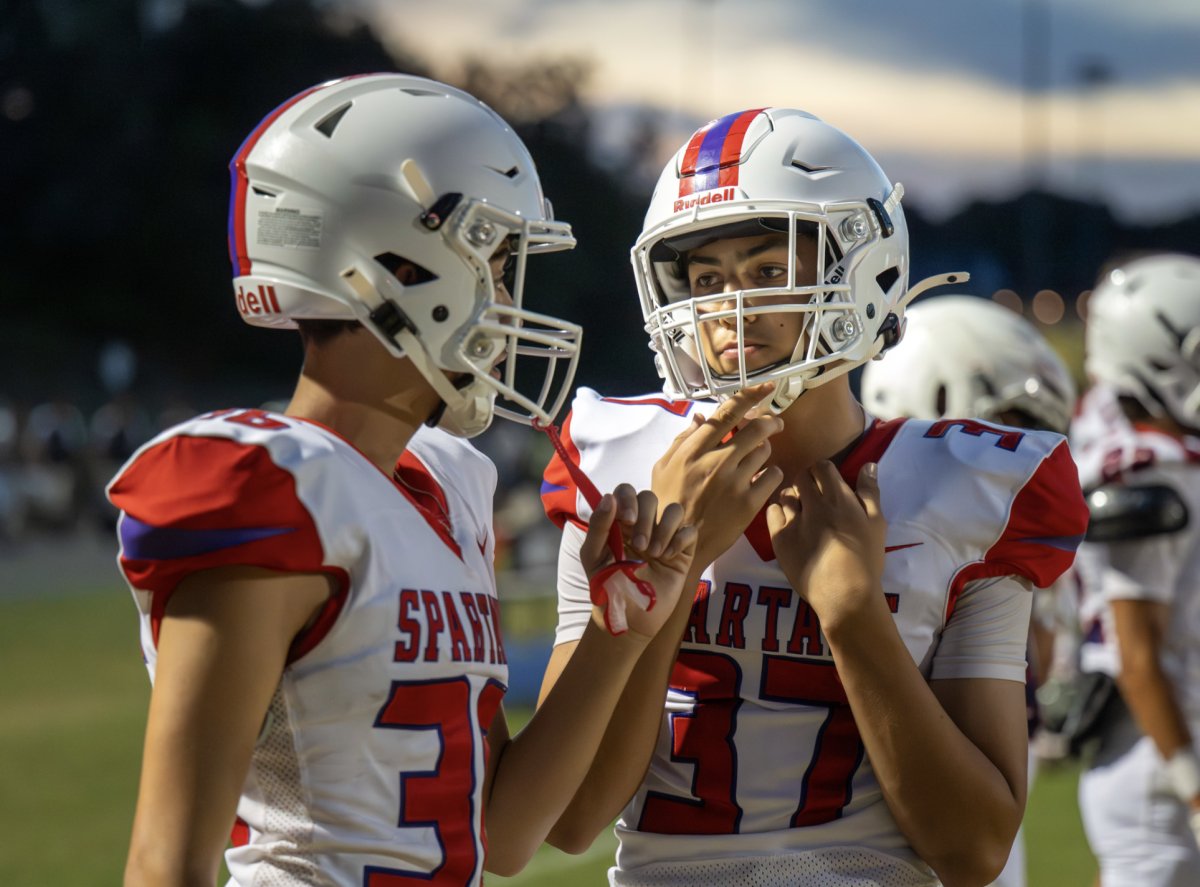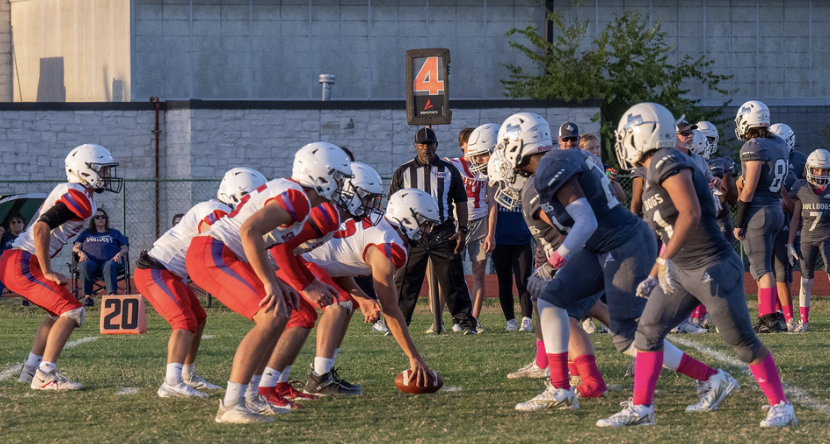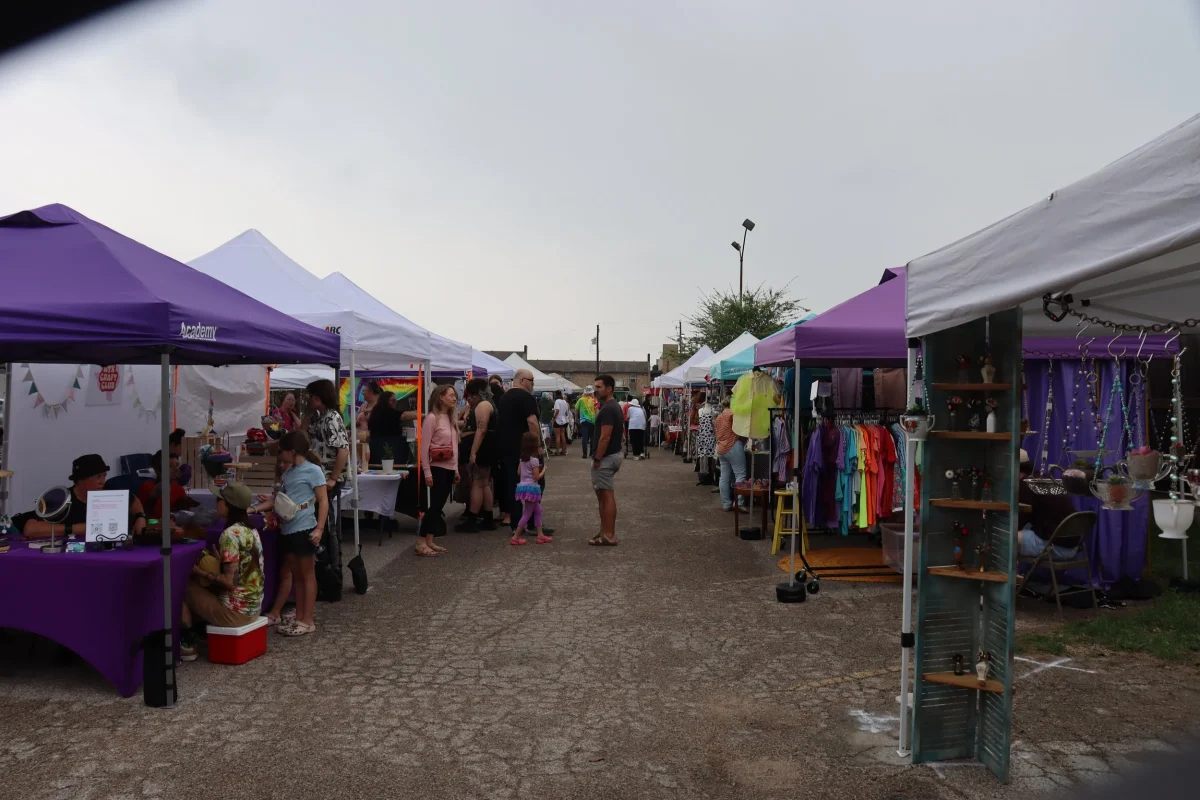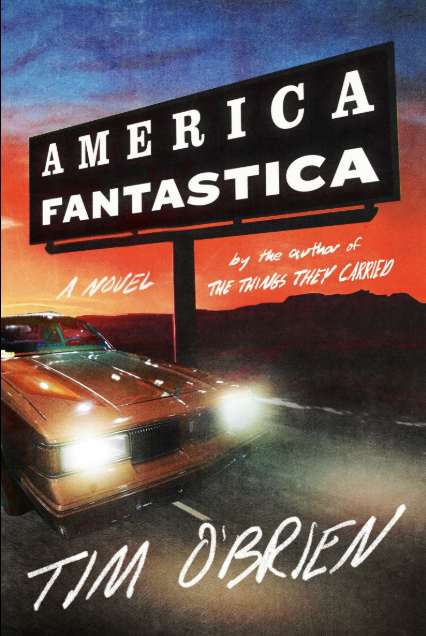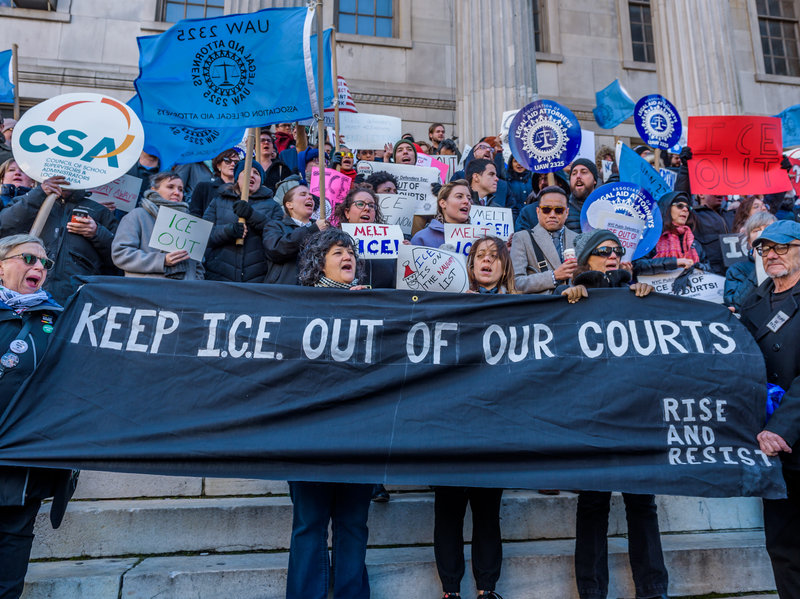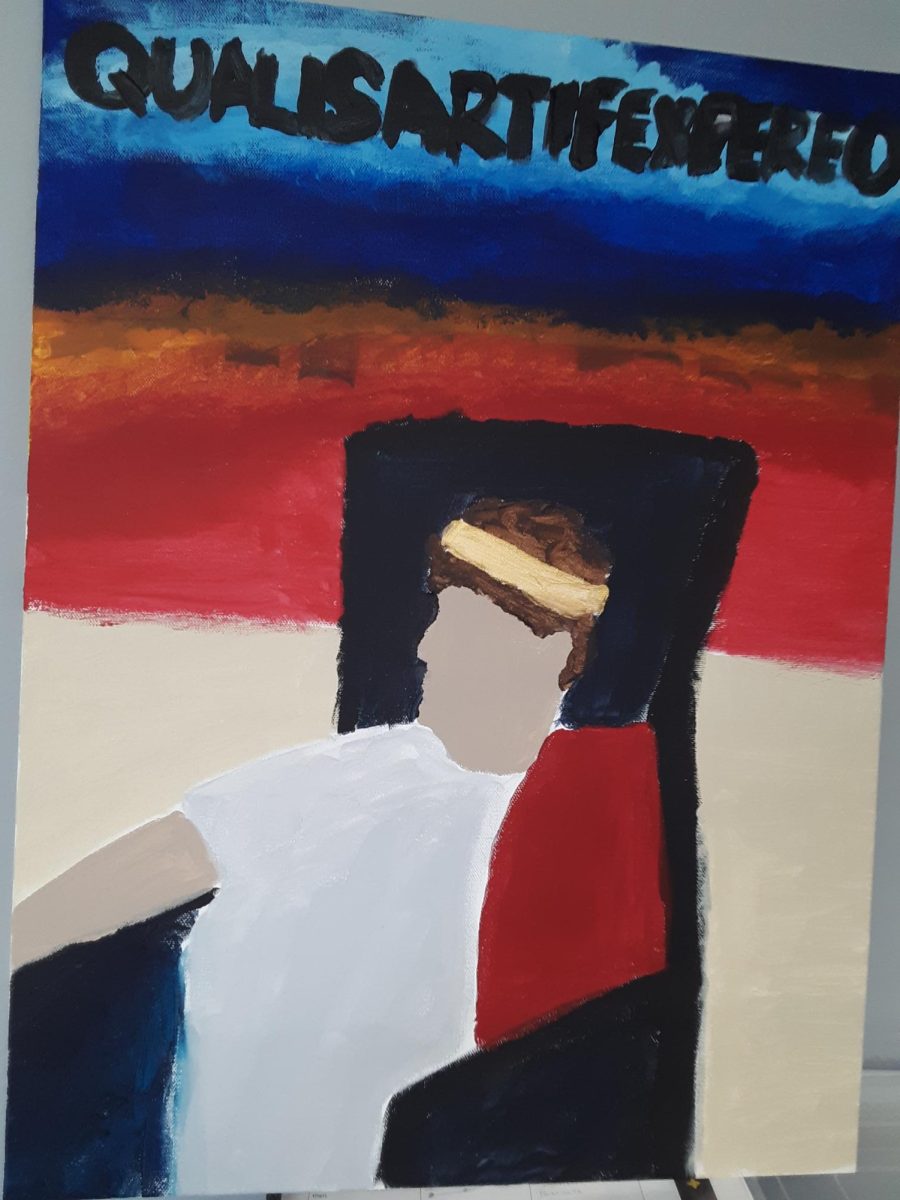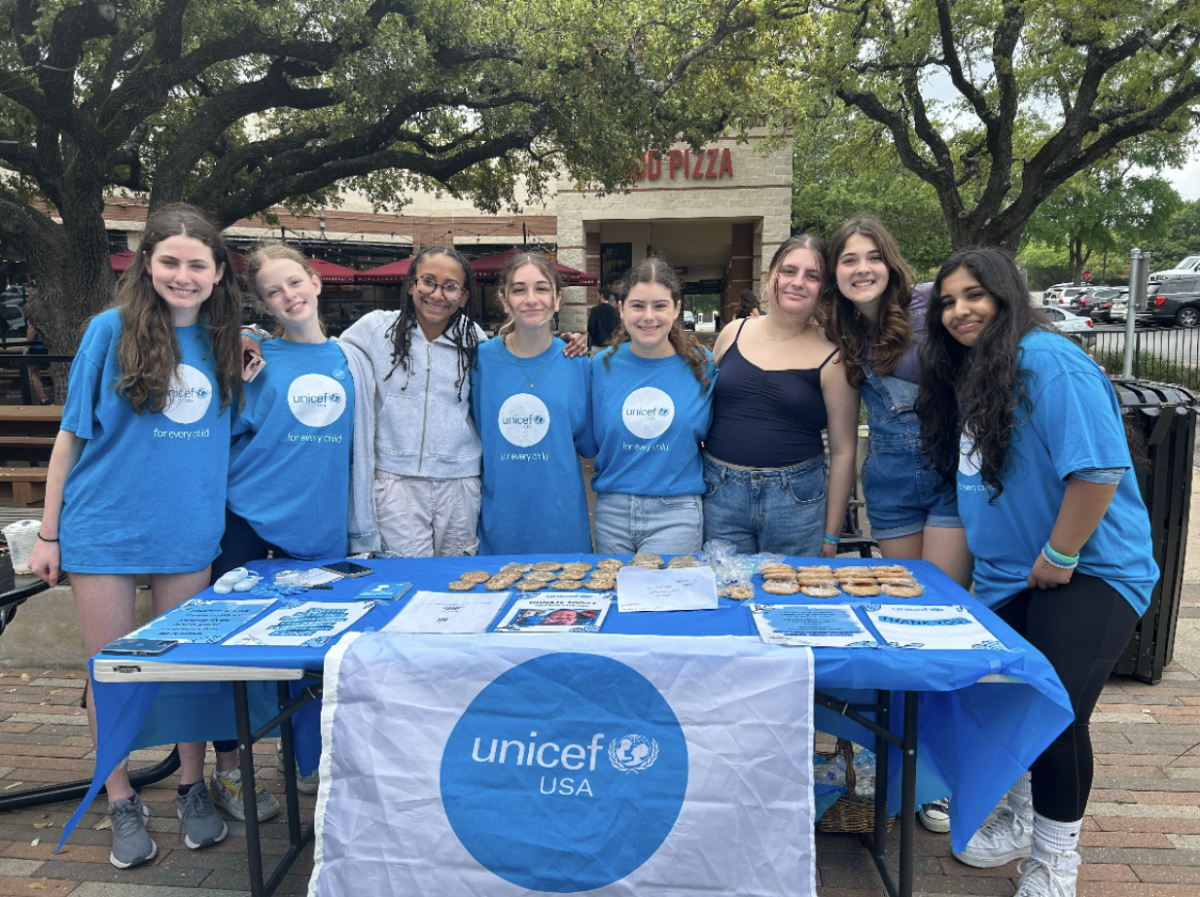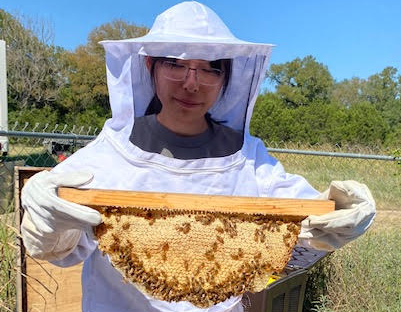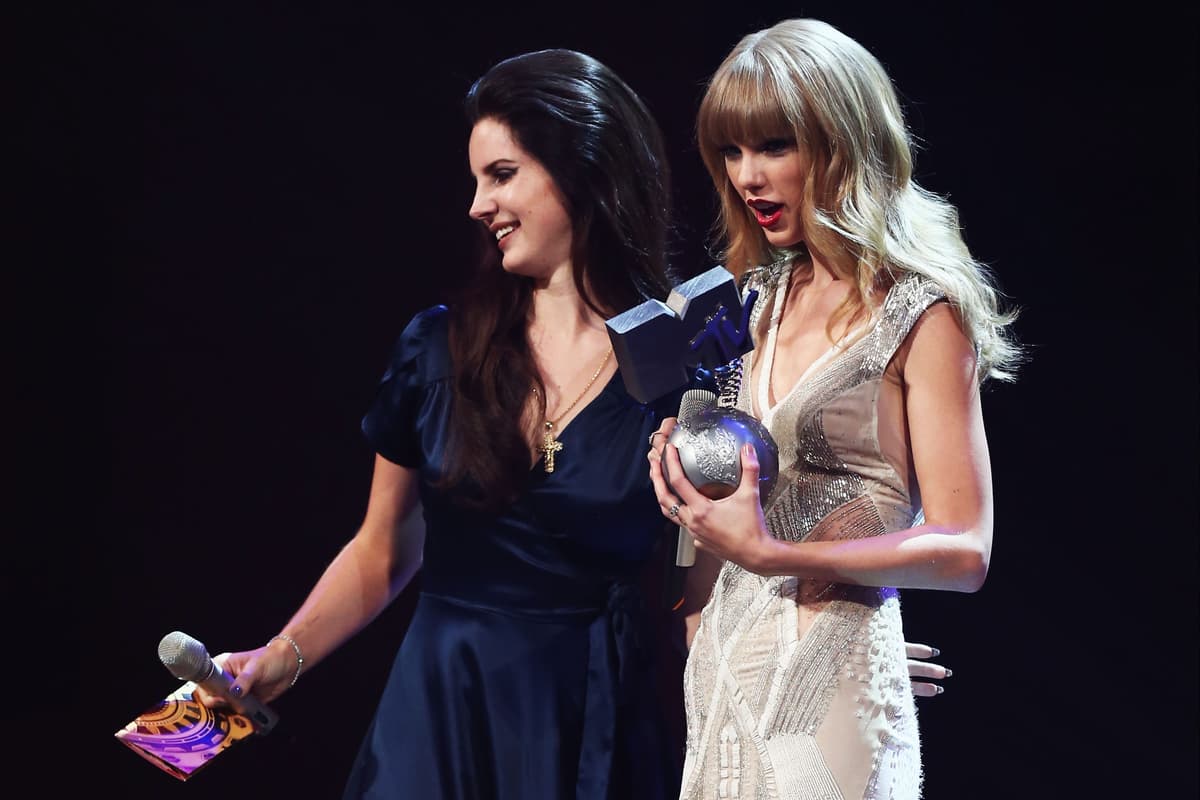Two stars are vying for Grammy titles, but will war break out now that the results are released? We’re thinking the answer will be no, even though Taylor Swift beat Lana Del Rey in the competition for best album. Why? Both are talented artists who have made unique contributions to the music industry and the public understanding of what living looks like, and these contributions attract fans from both bases seeking authenticity.
Since we can’t talk about this iconic duo without mentioning their collab, “Snow on the Beach” from Swift’s Midnights album, we decided to find out what went on with fans’ call for “more Lana.” In a recent interview with Harper’s Bazaar, Del Rey revealed something that no one saw coming: “I layer and match [Swift’s voice] perfectly, so you would never even know I was completely all over that first song.” In addition to singing, Del Rey also helped with the production of “Snow On the Beach.” But this wasn’t enough for Swift, who “wanted [Del Rey] to sing to the whole thing,” but the two ultimately decided that “if it ain’t broke, don’t fix it.” The two singers eventually released “Snow On the Beach (Feat. More Lana Del Rey)” after fans pushed for more Lana visibility. The process and aftermath of “Snow On the Beach” just goes to show how much respect the two industry leaders have for each other, which echoes throughout their fan bases. We’re going to dive into how these artists are both similar and different, and how these characteristics cause their fan bases to coincide.
Taylor Swift has been making a name for herself ever since her debut self-titled album, released in 2006, but it’s clear that Swift has entered a whole new era of her career, cementing her name in music history and, recently, the NFL. Swift’s fame seems to have jump-started to new heights through the release of her Grammy-winning album Folklore in the middle of quarantine, re-recording her first 6 albums to take back her masters, and the success of The Eras Tour, all ushering in a new generation of fans and the universal resurgence of Swift’s discography. With this, people have begun to view her not just as the “Shake It Off” artist or as someone with a lot of exes, but instead as an icon of womanhood and a role model who uses her platform and songs to connect with fans of any age and background. By starting her music career in high school, as an audience, we have been able to grow up with Taylor and watch/listen as she embraces her own coming-of-age story, learning what it means to be a woman in this day and age.

Swift’s ongoing and record-breaking Eras Tour best exemplifies how common themes characterize her music and her experience growing up in the spotlight. Her first three albums (Debut, Fearless, and Speak Now) are her true country albums and they paint a picture of a small-town/high school romance heavily influenced by Swift’s own experience growing up in Pennsylvania and Nashville. Hit songs like “Teardrops On My Guitar”, “You Belong with Me”, or “Enchanted” give these albums a nostalgic and romantic feel, but they also embrace the teenage struggle with growing up and finding one’s purpose in life. Songs such as “A Place In This World”, “Change”, and “Never Grow Up” explore Swift’s uncommon high school experience and the universal fear of adulthood, while songs like “Mean” and “Castles Crumbling” illustrate the struggle in dealing with public opinion. Swift continues to explore what love means to her with Red, a chaotic but meaningful album where she experiments with pop and country, and 1989, a hallmark of her career as she shares her experience of being famous and in a relationship. Reputation followed after months of controversy and hate directed at Swift, destroying her public image and forcing her to isolate herself completely. Swift teaches the importance of not letting your reputation define you, a struggle anyone can face. With this album, Swift defined a new persona for herself by ditching the “old Taylor” and making music that didn’t fit in with mainstream pop, as seen in hits like “Look What You Made Me Do”. Lover, as suggested by the title, was Swift’s way of redefining what love looks and feels like outside of a typical relationship. This album is more of a mature take on romance in comparison to her past albums, while even meddling in politics and the patriarchy with “You Need to Calm Down”, “Miss Americana and the Heartbreak Prince”, and “The Man”. Swift, once again, completely changes gears with folklore and evermore, which are sister albums that were released amid quarantine. With a new indie sound, Swift dapples back into her country roots through the aspect of storytelling in music, as seen in the infamous folklore love triangle between Betty, James, and August. Swift explained how she took these albums as an opportunity to tell her own experiences through fictional characters and settings, producing songs such as “mirrorball”, “this is me trying”, and “champagne problems” that are packed with raw emotion about mental health. These albums are packed with poetic lyricism, Swift’s strong suit, in addition to soulful instrumentals, making them the perfect remedy for any inconvenience. Last, but certainly not least, is Swift’s newest album,

Midnights. This album has songs accounting experiences from throughout her life, accumulating into ‘13 sleepless nights. Similar to Red, this album has various sounds that are united by their disorder and use of synth production. Midnights is rightfully called her most ‘Taylor’ album as she shares her most vulnerable experiences in enchanting lyrics, while referring to her past albums/eras, illustrating how Swift has grown up and matured, but continues to call back to her past. Throughout all these different eras and experiences, Swift paints the ever-changing picture of growing up, delving into complex emotions with the power of her voice and showing that they aren’t as scary as they might seem.
Lana Del Rey, like Taylor Swift, definitely has her defining attributes: a sense of rebellion towards the boundaries of music genres, and a sense of fearlessness in what she says and produces. Del Rey most recently expressed these characteristics with the lyrics “I’m a princess, I’m divisive” in “A&W” from her latest album Did you know that there’s a tunnel under Ocean Blvd. With these lyrics, she continues to pry at critics of her persona and talent, which many eclectically performative artists—like David Bowie—have also been forced to endure. Yet, with confidence, Del Rey delves into new instruments and topics embedded with social division. Are you starting to see the similarities Del Rey and Swift share? In “Paris, Texas” from Did you know that there’s a tunnel under Ocean Blvd, she brings divide to the forefront by singing of leaving a blood family for her true family—her friends. Del Rey feeds whimsy, free and hopeful, into this piece while cultivating a paradoxical atmosphere with the addition of sadness: the depressing feeling of knowing she’ll be alone when she returns to her childhood home, knowing that this home was never a true one. Swift also plays with paradoxical atmospheres in her songs, mixing both hot excitement and tear-filled tragedy as she, along with Del Rey, attempts to embody an attractive sense of authenticity.
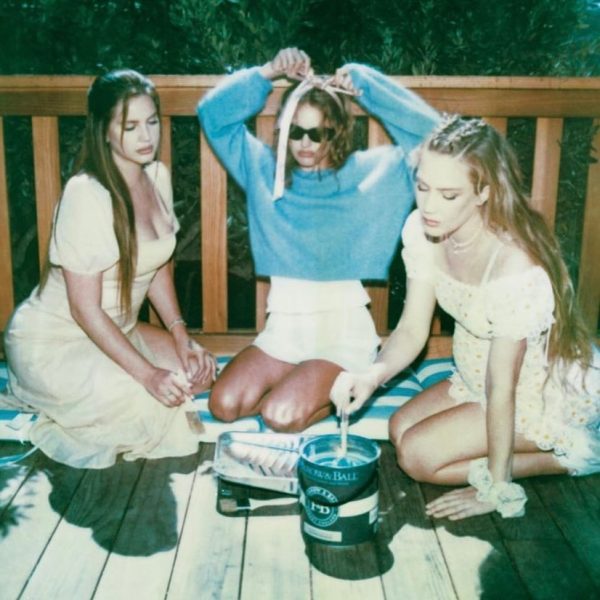
Del Rey strove for this sense in “Violets for Roses” from the Blue Banisters album, which features the dark, raw imagery of a porch that is juxtaposed with her sunshiney yellow dress made of linen. With the song’s leading lyric “you made me change my violets for roses,” Del Rey paints aesthetic imagery of nature (which seems to always be trending) while exposing the toxicity underlying many relationships. Even though roses, like relationships, hold a certain allure, Del Rey acknowledges their attached long-term danger that she seems to have fallen victim to in the past. Swift, like Del Rey, uses natural imagery such as “willow[s]” to hint that relationships can be more tumultuous or even one-sided than expected (“Life was like a willow and it bent right to your wind”). Both Swift and Del Rey reel in audiences with aesthetic imagery and catchy tunes before making them stay with real conversations about life’s ups and downs.
These artists address another mysterious aspect of life: the future. In “Chemtrails Over the Country Club,” the title reference piece of Del Rey’s 2021 album, she sings about the dreamlike experience of being “on the run” with a lover in search of a home together. The song makes it seem as though they will settle in American suburbia, a decision that would actually contradict the singer’s “wild” nature due to its common requirements of conformity. This scenario paints an immaculate picture of the struggle for young people to find long-term happiness. “Maybe we’ll love it” addresses the fear surrounding this struggle despite the overall whimsical vibe of the song. Swift takes a similar approach in “22” from Red by blasting the excitement of nightlife while acknowledging people’s sense of uncertainty about the future: “We’re happy, free, confused and lonely in the best way / It’s miserable and magical, oh yeah.” Both Del Rey and Swift reassure us that everything will be okay as long as we have someone, lover or best friend, by our side. And her fans love hearing this message; at least, they post these two songs all over social media. So, despite the singers’ personas—which may even have some truth to them—their fans appreciate the authenticity these women bring to the table in discussions about love and life.


